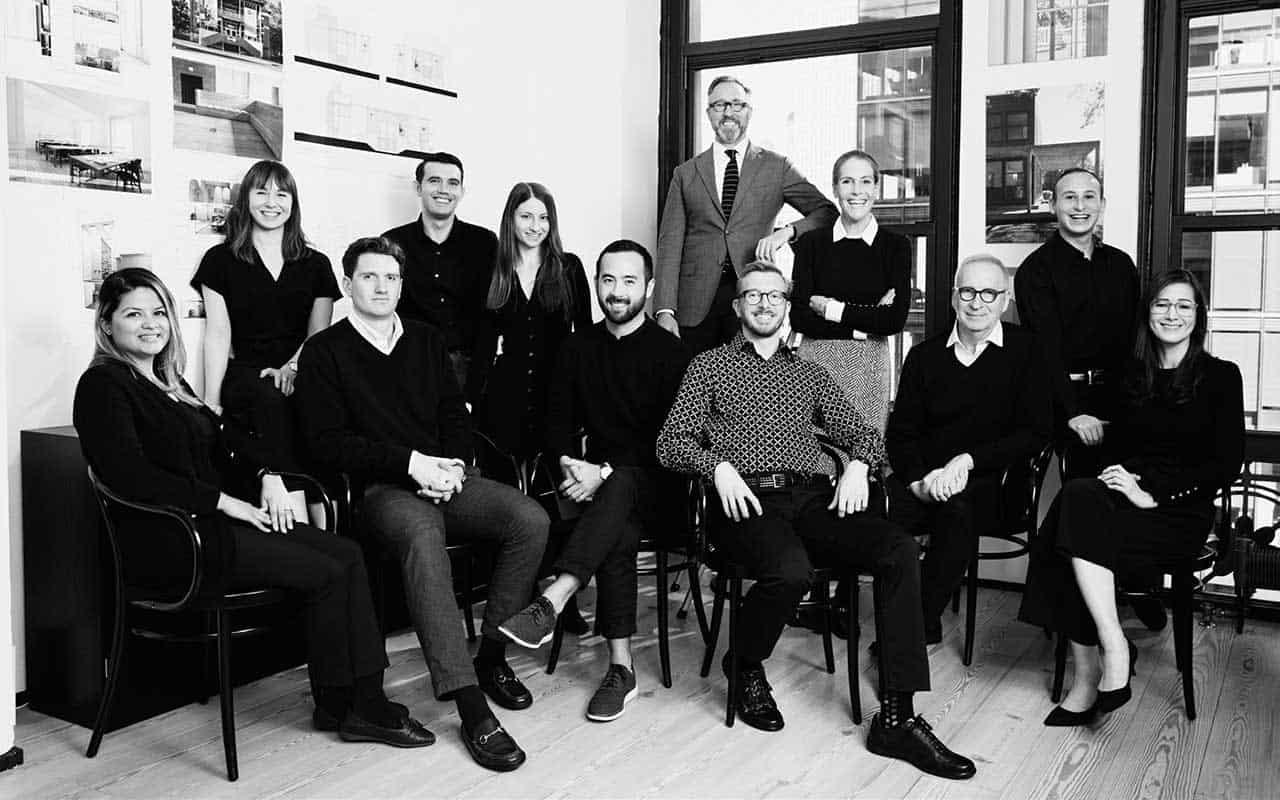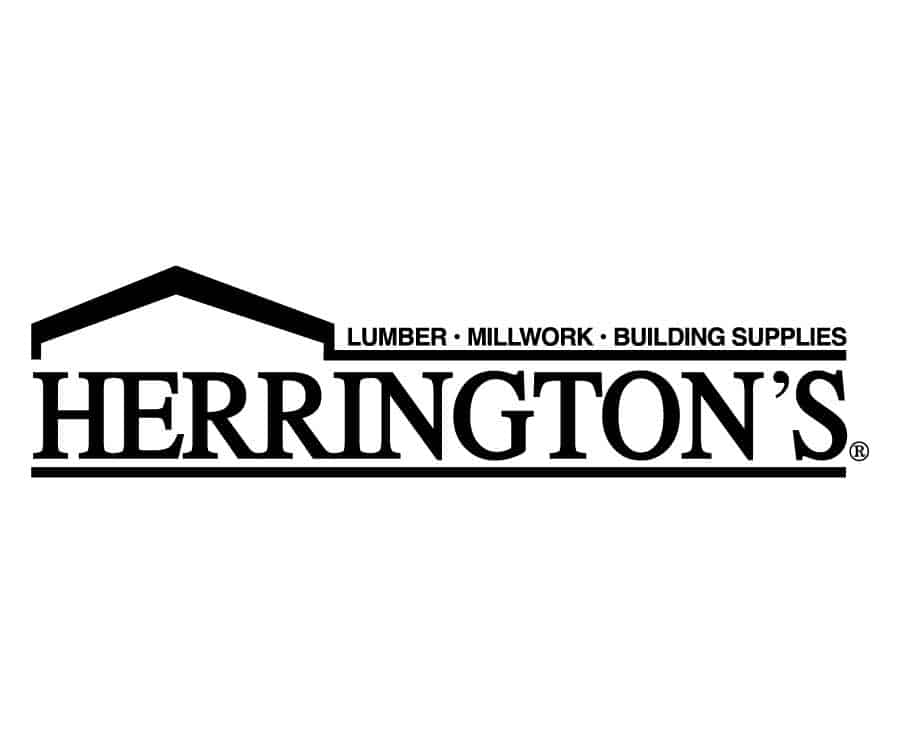Main Street Business

Split Lives – DOUG AND VICTORIA LARSON
Victoria (Torrie) and Doug Larson arrived in Stanford, NY, seeking more space 15 years ago and created an extra rural life for their family and businesses. I first met Doug Larson, an architect, when he assisted the North East Community Center in obtaining a $500,000 grant to expand its program space in Millerton, NY. Since then, these two entrepreneurs have started their own independent businesses splitting their time between New York City and Upstate. Doug took the step of starting his own firm, Larson Architectural Works, and Victoria founded VK Larson Communications, which specializes in strategies for tourism, culture, design, and business.
How did you get here?
It’s a long story. Torrie and I met at a theater company, the Blue Hill Troupe, in New York City where we both volunteered – I did scenic painting for sets and she worked on the costumes. I was starting my architectural career, and Torrie was working in publishing and communications. We got married, had a son, and lived in a rented New York apartment. We couldn’t afford to buy in Manhattan and so we found an old house to buy and renovate on a beautiful scenic road in Stanfordville. On weekends, as we worked on our house, we got to know our neighbors, whom we invited to a mid-construction party. It took two years.
Once the house was finished, various publications, such as Metropolitan Home and the Wall Street Journal, wrote about us. Around the same time, I entered a contest to paint a mural in Pine Plains and won. (I was the only entry.) It was in this way that I met Jack Banning, who, with his wife Irene, owned the former Pine Plains Platter along with some other buildings. (See Main Street Magazine’s January 2017 profile of the Bannings on our website mainstreetmag.com).
In 2011, Torrie commuted to New York City, while I worked on the mural and rented office space next to it. I worked on an assessment, budget, and master plan for what is now the Stissing Center and eventually designed the renovation. Between the renovation of our house, St. Peter’s Church in Lithgow, the mural, Stissing Center, clients and gardening, we have built another life up here. Two thirds of the projects of Larson Architecture Works are in Dutchess and Columbia counties. Now, we divide our time between the city and the country.
During the pandemic, we purchased and renovated a historic building in Ancramdale to use as our home office and a place for visiting staff to stay.
Doug when did you start your own architectural practice?
I began by studying design and engineering at the University of Pennsylvania and then went to University of Michigan for graduate school in architecture, where I also taught architectural history. After graduation I worked for firms in Philadelphia and then New York, ending up with Peter Marino for seven years where I had assignments all over the world. Next, I partnered with more established architects and learned how to run a practice. In 2017 I started my own firm, which has grown and now has 14 employees.
What was the biggest challenge in going out on your own?
Capital. Banks don’t lend money to young architects. There’s always a lag between doing the work and getting paid by clients.
Is there an architect who inspires you?
Spanish architect and winner of the Pritzker Prize, Raphael Moneo always surprises with different design solutions. I especially like his Museum of Modern Art in Stockholm.
Do you have a favorite client or assignment?
I love residential clients because they are so passionate and involved in their projects. Institutional work is very different. The scale and demands make you ask how you can make a public environment better. Retail stores are quick and care about visual and behavioral impact – it’s like the theater. I like having a diversified practice and not being known for just one style.
What are you proudest of?
I’m very proud of the Stissing Center because it’s for the people who live here. Another project I point to with pride is the New York Society Library in Manhattan. Not-for-profit institutional work has a very long gestation period and requires skill and patience in working with boards and other stakeholders.
Could you explain the roles of interior designers and architects and how they intersect?
Interior designers and architects collaborate to meet the client’s needs. One basic difference is that architects are selling their time, like attorneys, while interior designers are selling a product. Architects are better equipped by training and experience with building codes, space planning, circulation, and engineering. Interior designers work with the emotions of a space – the soft goods that create a mood. Of course, there’s an overlap with selecting finishes and items like lighting fixtures. At Larson Architecture Works we don’t have an interior design group. Clients select their own designers to work with us. That said, we are very sensitive to the interior design practice and appreciate a good collaboration.
How do architects charge for their services?
It depends on the client and the project, but as I mentioned we are paid for the time we invest. This could be as a percentage of construction costs, a stipulated project fee, or an hourly rate.
Do you have materials you especially like to work with?
I like traditional materials proven over time: wood, standing seam metal roofs, and mixing wood and metal. But there are also new materials like porcelain tiles and Boral siding which work well.
How do clients find you?
At this stage, clients come to us through word of mouth, referrals, and reputation. For example, one of our projects was referred to us by a carpet vendor who enjoyed working with us. Some of our retail work came about from working on a house for Jay McLaughlin in the Hamptons. Our collaboration with Darren Henault for TENT in Amenia was the result of a chance encounter with a colleague from New York City. Friends, other architects, publications, and press coverage all count – a little bit of everything.
Being out and about and involved with the community is also important and something we enjoy with friends and neighbors. Torrie helps out with press for the Stissing Center and local non-profits as the need arises as well as the Millbrook Garden Club. I am on the board at the Stissing Center, and we are both on the board of the St. Gaudens Memorial in Cornish New Hampshire. We are also active in our church and the community.
Do you think that AI will impact your business?
I don’t think so. Architecture still deals with the physical world; with materials you can touch. It’s bricks and mortar based.
How do you work together?
Torrie helps run the business side of Larson Architecture Works – marketing and office management – and runs her own PR firm that focuses on travel, tourism, and cultural organizations. From time to time, I will join her on one of her trips to see her clients in Baden-Württemberg and Saxony in Germany. We just got back from Dresden, and I really enjoyed speaking with the journalists about the architectural orientation of the destination. Torrie also publishes a monthly website and blog Side of Culture about under-the-radar arts and cultural organizations that build community. Architecture and culture dovetail nicely. We’re both entrepreneurs and understand and commiserate with the issues of having your own business. We act as sounding boards for each other. We both came from professional families, but working for yourself is a different paradigm. You’re responsible for everything.
What would you tell young architects just beginning their career?
I’d suggest first taking a break and travelling and looking. Then jump in and become a sponge in an architectural firm and learn everything they don’t teach you in school. Architecture is a trade and a craft where you learn from experience. Our own college-age son is fascinated with black holes and subatomic particles so he may be a scientist, not an architect.
Do you have time for fun?
We like to work out, play golf, swim, and spend time with friends. I like to sketch, and Torrie loves to be in the garden. •
To learn more about Doug Larson and Larson Architecture Works, you can call his office at (646) 809-5009, or visit larsonarchitecture.com.




